If you’ve been following along with us, you know we’ve been covering some of the basics about life insurance. Last time, we talked about Irrevocable Life Insurance Trusts, or ILITs. Today, we’re delving into retirement income and how you may be able to use life insurance for it. If this sounds strange to you, you’re not alone! Let’s explore how this might fit into your retirement income plan.
Why Would I Use Life Insurance for Retirement Income?
Life insurance and retirement do not typically go hand-in-hand, but there are a few cases where it might be the best way to go. The order of funding accounts that we generally recommend is as follows:
- Health Savings Account (if you have a High Deductible Health Plan)
- Pre-tax and/or Roth retirement account, depending on income
- Roth IRA Account (backdoor Roth if you’re a higher earner and can utilize this method)
- Non-qualified (taxable) account
Typically, this is the order of funding from most-to-least tax-efficient. The life insurance retirement income strategy slots in between three and four on the list. If you have maximally funded one through three, have plenty of cashflow left over and have a life insurance need, that’s where we can come in with a cash-value life insurance policy that does double-duty.
How Do Life Insurance and Retirement Income Work Together?
Ideally, we use the tax-advantage nature of a life insurance policy to avoid on-going taxation on money that is invested. In this case, the money is taxed using the following structure:
- Contributions are made on an after-tax basis (non-deductible). There are IRS imposed limits to contributions that we must stay under so the policy does not become what’s known as a Modified Endowment Contract (MEC).
- Money grows tax-deferred inside the policy.
- Distributions from the policy are tax-free up to the amount of contributions made toward the policy. If you put in $100,000 during your working career, you can take that $100,000 out at any time without income tax consequences (as long as the policy is NOT a MEC). This drops the death benefit dollar for dollar.
- Policy loans are tax-free while the policy remains in force. Policy loans also do not have a repayment schedule–you can keep pulling money out without any repayment obligation. The loan is collateralized against the death benefit, and there is an interest cost within the policy.
- Policy loans are offset against the death benefit (i.e. reduce the death benefit), and any remaining death benefit is paid out on death. The policy MUST stay in force until death or all the loans become taxable distributions!
The net result is that you’ve had life insurance when you needed it, but then can turn around and take completely tax-free withdrawals from the policy in retirement. This can cut down your lifetime, and especially retirement timeframe tax bill, massively when considering Social Security taxation (which is affected by other income).
Sounds Too Good. What’s the Catch?
For all the tax benefit you can get, there are a couple of downsides to using this strategy.
First, you must be insurable and have excellent underwriting. The main cost that you will be dealing with is the insurance cost within the policy. If you are in poor health, it is likely too high of a cost to make the strategy worthwhile, unfortunately.
Second, you must be able to fund the policy at a high level for a long time. The strategy relies on maximizing cash value within the policy, to the extent allowed under IRS rules without becoming a MEC.
Third, with a variable policy there is an element of risk that the cash value will not grow enough to allow for the rate of distribution you would like to see in retirement. Since policy loans turn into ordinary distributions if the policy lapses, there is the possibility of an exceptionally large tax bill being due at an inopportune time.
And finally, there’s a timing issue. The younger you are, the more likely this strategy will work well for you. However, you’ll be less likely to be in a financial position to be able to properly fund it. If you are in that rare group that can afford to utilize this strategy, it is certainly worth exploring!
What Now?
Hopefully this article had demystified how life insurance can play a part in your retirement income picture. It took me a while to come-to-terms with the idea of life insurance and retirement income working together, so if you have any questions on it, don’t hesitate to ask!
The next and last in our life insurance series is on estate creation & tax optimization. Be sure to get on the list to be notified when the blog is published!

